Author: Dayan
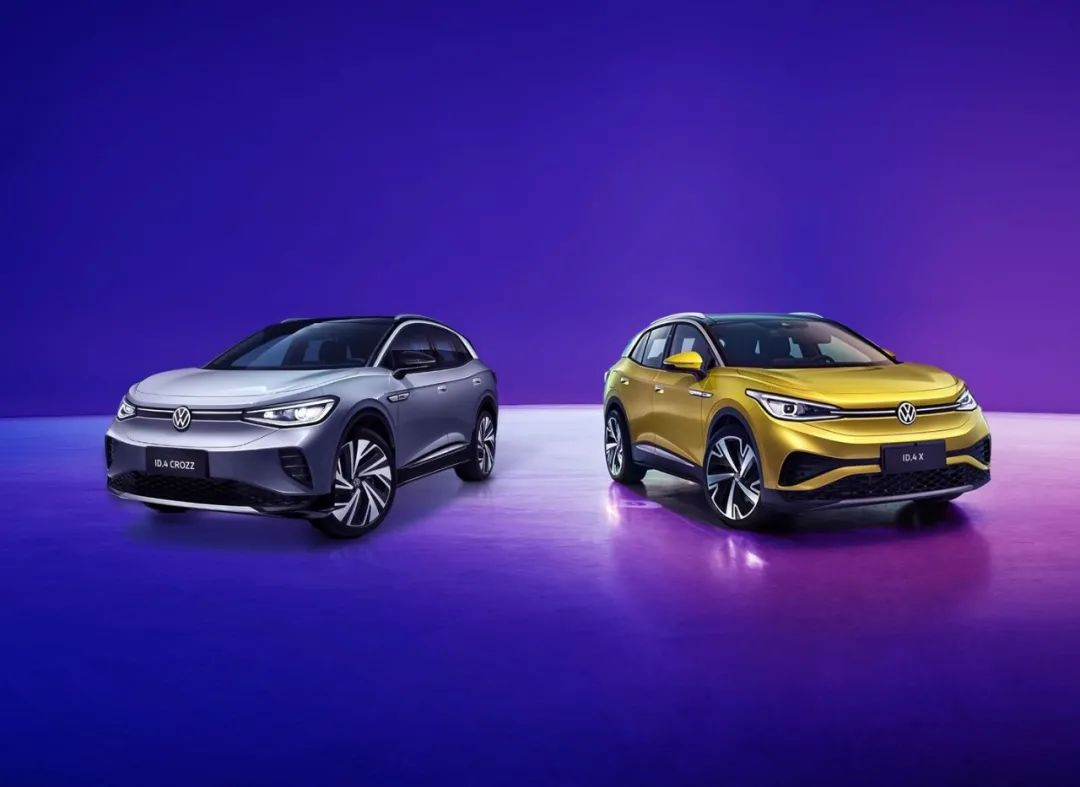
It’s not an alarmist talk, but we also want to find the bugs here.
Written by: Dayan
Edited by: Mr.Yu
No one would have expected the sales of Volkswagen’s MEB platform to perform so well before the sales figures were released. In the field of traditional fuel vehicles, Volkswagen, which is considered a “top-notch car” by the Chinese people, has performed brilliantly with the ID.3 in the European market. However, the sales report in China is as follows:
According to data from the China Association of Automobile Manufacturers, in April, FAW – Volkswagen sold 722 units of the ID.4 CROZZ, with a cumulative sales of 1267 units. SAIC Volkswagen’s ID.4 X, which was launched shortly after, did not perform well in terms of sales: 922 units were sold in April, with a cumulative sales of 1547 units. If the part that is used as a test drive car in 4S dealerships is excluded, the actual sales volume may be worse.
As for the ID.3, which was once highly anticipated by Volkswagen and made a great splash in Europe, why is it facing such a situation in China, even performing worse than a second-tier new energy vehicle brand? There are many things worth pondering, such as whether there is a lack of product strength or choices made by the enterprise strategy.

MEB Platform, Never Aimed at Leading Performance
Volkswagen has always had a tradition of adopting a platform strategy. From the MQB platform that we were familiar with before to the current MEB platform, Volkswagen is always enthusiastic about platform strategy. The biggest advantage of using a platform strategy is the ability to quickly launch products into the market. This can be seen in how Volkswagen launched the ID.4 in China and then unveiled the ID.6 at the Shanghai Auto Show.
This development process is not something that new energy vehicle companies can achieve.
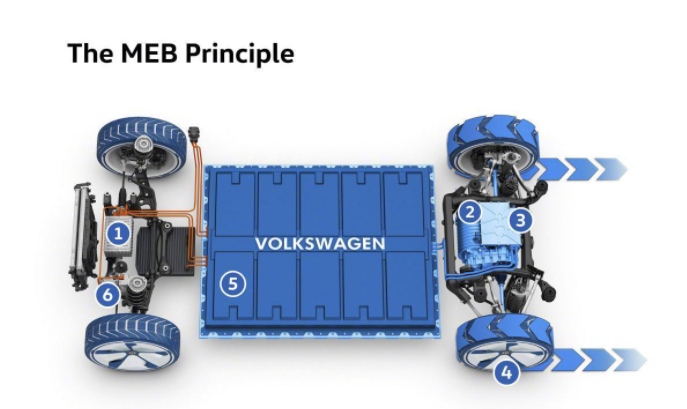
Whether in terms of electronic architecture or chassis handling, the MQB platform cannot be said to be markedly superior. The two models, the ID.4 CROZZ and the ID.4 X, that were launched in China using the MEB platform did not have significant shining points in their power battery system and vehicle intelligence Internet connectivity.Taking ID.4 X as an example, you can’t say its endurance mileage is short. At least, the difference between its endurance mileage of 555 kilometers and its main competitor, like Tesla, is not significant in the long-endurance version. You also can’t say its power performance is poor. Its peak power of 230kW and maximum torque of 460Nm are both average. Moreover, don’t say that Volkswagen’s appearance is relatively conservative, although it reflects more youthful details this time, overall it is still a relatively mediocre model.
Therefore, it is such a stable and hard-to-impress model that it is difficult to attract the main buying group — young consumers in the current electric vehicle market.
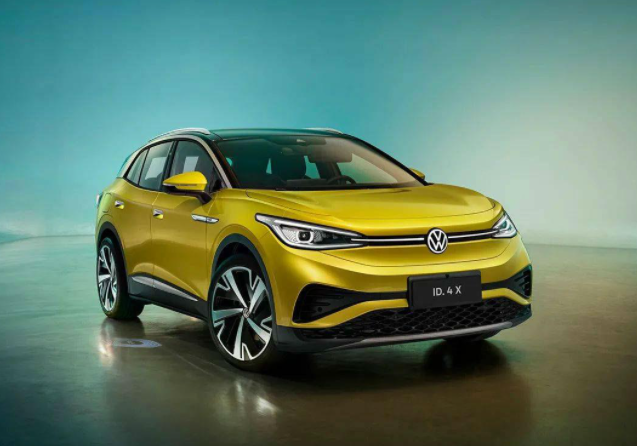
Is it caused by chip shortage?
The “chip shortage” crisis in the semiconductor industry has actually spread to the automotive industry long ago.
There is such a saying in the automotive industry: the reason for the poor sales of ID.4 is due to the shortage of Volkswagen chips.
To ensure that the company’s business goals can be achieved, Volkswagen prioritized limited chips to higher-profit fuel vehicles. It is difficult to judge the truth of this statement. If it is true, Volkswagen’s choices are worth discussing.
Recently, Meng Pu, the chairman of Qualcomm China, stated in an interview that the automotive industry’s management of semiconductors is different from that of the mobile phone industry. Basically, there is zero inventory. That is to say, when car companies realize that there is a shortage of chips and want to increase semiconductors, there may not be enough production capacity to quickly supplement the demand gap.
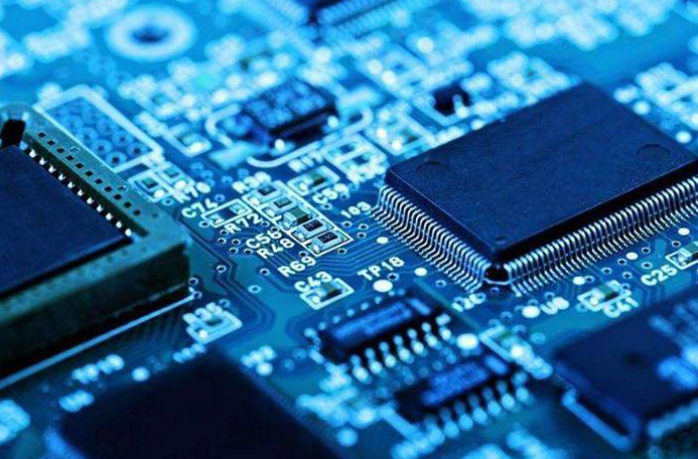
Currently, Volkswagen should prioritize resources to supply electric vehicles to help both ID.4 models gain a foothold in the domestic market. If the first model of the MEB platform of FAW Volkswagen and SAIC Volkswagen fails to achieve the sales target, it will have a significant impact on the later MEB platform models. Once the market forms an impression that the competitiveness of Volkswagen’s MEB platform electric vehicles is not strong, Volkswagen will need to pay a higher price to reverse this impression later. Even though the initial MEB platform models are less profitable than Touareg, Teramont, Audi A6, and Q5, Volkswagen needs to prioritize ensuring the production capacity of ID.4 from a long-term perspective, because this model represents not only Volkswagen’s future, but also stronger competition against fuel vehicles.
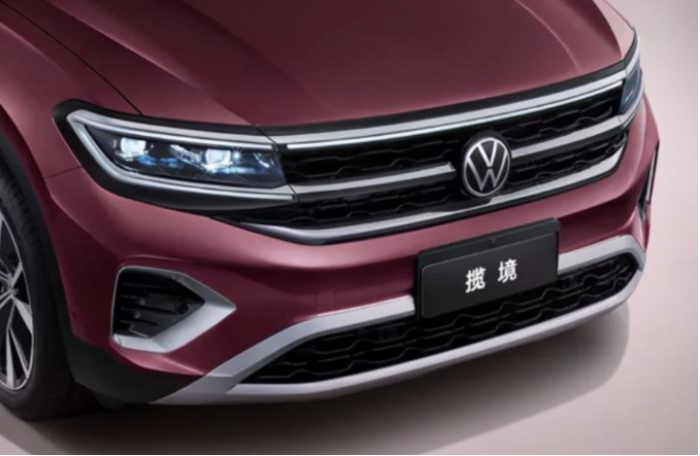
Can traditional car companies really handle electric vehicles?Actually, not only ID.4 but also other mainstream brands in our eyes did not have a smooth quarter of electric vehicle sales in China.
The brands that used to dominate the Chinese and global automotive markets in the past few years seem to have not found the key to open the door to the Chinese electric vehicle market yet, even with the BMW iX3, which had the highest sales after a 70,000 RMB price cut, only selling 3,709 units in the first quarter. Meanwhile, the Porsche Taycan recorded 1,742 units sold, the EQC sold 1,702 units, the Audi e-tron sold 1,099, and the Q2L e-tron only sold 1,053 units. As for Toyota, its performance in the electric vehicle field is even more dismal, with only 396 units and 285 units sold for the Yize E engine and C-HR EV, respectively.
All of these numbers combined are not even close to Tesla Model 3’s monthly sales.
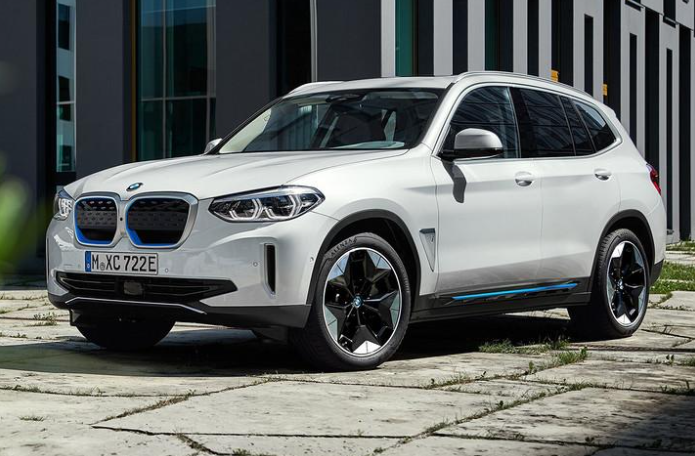
ID.3 made a big splash in sales in Europe and became a car that can rival Model 3, but this is mainly because there is a lack of competitive models throughout the European market. Looking at Europe, there are still many pure electric vehicles like the Renault Zoe, Nissan Leaf, and Hyundai KONA that fall behind Model 3 in terms of both the 3-electric system and intelligent network connectivity.
However, looking back at the Chinese market, not only does it have Tesla, but it also has BYD, NIO, XPeng, Aiways, Roewe, and ARCFOX, almost every model of which boasts a unique technology. In the future, there will be models from Jidu, Zeekr, IM, Xiaomi, and Didi waiting to be launched.
If the happiness of adults can be chosen, Chinese consumers have too many options to choose from.

As the largest automotive group in China, Volkswagen’s transformation in new energy vehicles still depends on the purchase of parts from suppliers and the integration of the entire vehicle on its own. Even in terms of driving assistance, it still relies heavily on companies such as Bosch and Continental to provide complete system assemblies. As for vehicle networking, introducing car networking products from large-scale internet companies is considered to be leading the market. There is no exaggeration to say that the car networking experience of many traditional models is still stuck in the level of early smartphones more than ten years ago.In the marketing end, it also imitates its competitors and adopts a direct sales model while providing some car owner club services. Compared to before, it is only adding some free charging or finding charging pile services. These are default services already in the minds of more mature Chinese consumers in the new energy vehicle market and have little attraction.
Let’s take a look at how competitors are “playing”:
Why do people buy BYD? Because time and time again, the blade battery puncture test boldly tells consumers, “My battery won’t catch fire even under extreme conditions,” directly dispelling a major concern in prospective car buyers’ purchasing decisions;
Why do people choose NIO? Because their customer service is indeed well done, we can even @ Li Bin to complain about the customer service directly. The battery swap model even directly addresses the pain points of customers, not only lowering the customer’s purchase threshold, but also indicating that some enterprises already recognize their customers’ purchase behaviors, including their needs for value-added services;
As for XPeng, its autonomous driving system is almost identical in experience to Tesla FSD, and it achieved mass production of laser radar models earlier than Tesla, giving the market more expectations;
Tesla has a group of die-hard fans worldwide, based on its visible achievements in self-developed chips, autonomous driving, and self-developed three-electric systems.
Transformation or Embarrassment? Vital Matters Are at Stake
We believe that it is not embarrassing for traditional car companies to “copy homework”.
For traditional car companies, in order to make a breakthrough in electric cars or future intelligent connected cars, they not only need to find a competitor to benchmark against, but also need to have a growth mindset for the future. This mindset is not only reflected in core technologies such as the three-electric system, autonomous driving, and the overall vehicle electrical architecture, but also in customer operation and maintenance, brand new marketing models, and the ability to attract consumers’ attention with new methods and gain market attention.
In any case, the traditional approach of making and selling cars according to traditional ways of thinking is definitely not going to work anymore.
This article is a translation by ChatGPT of a Chinese report from 42HOW. If you have any questions about it, please email bd@42how.com.